The return of summer doesn't have to mean the end of your stargazing or astronomy sessions for another year. There is still plenty to see in the night sky.
In another article we looked at our top 5 summer constellations, and you can use the info in that list to help you spot some of our summer stars.
If you need more help finding these stars in the night sky you can always use an astronomy app such as the free software Stellarium, which will show you precisely where to look.
If you do opt for the smartphone method, don't forget to switch your phone to red-light mode. Your eyes will adapt to the dark over time and you'll be able to see more stars, but there's nothing like a bright white light to ruin your dark-adapted vision!
And if you fancy imaging what you see, read our guide on how to photograph the stars.
With summer’s short nights you might have to stay up a bit late for some of these, but it’s worth it. Here are my top 5 summertime stars!
1
Nunki (Sagittarius)
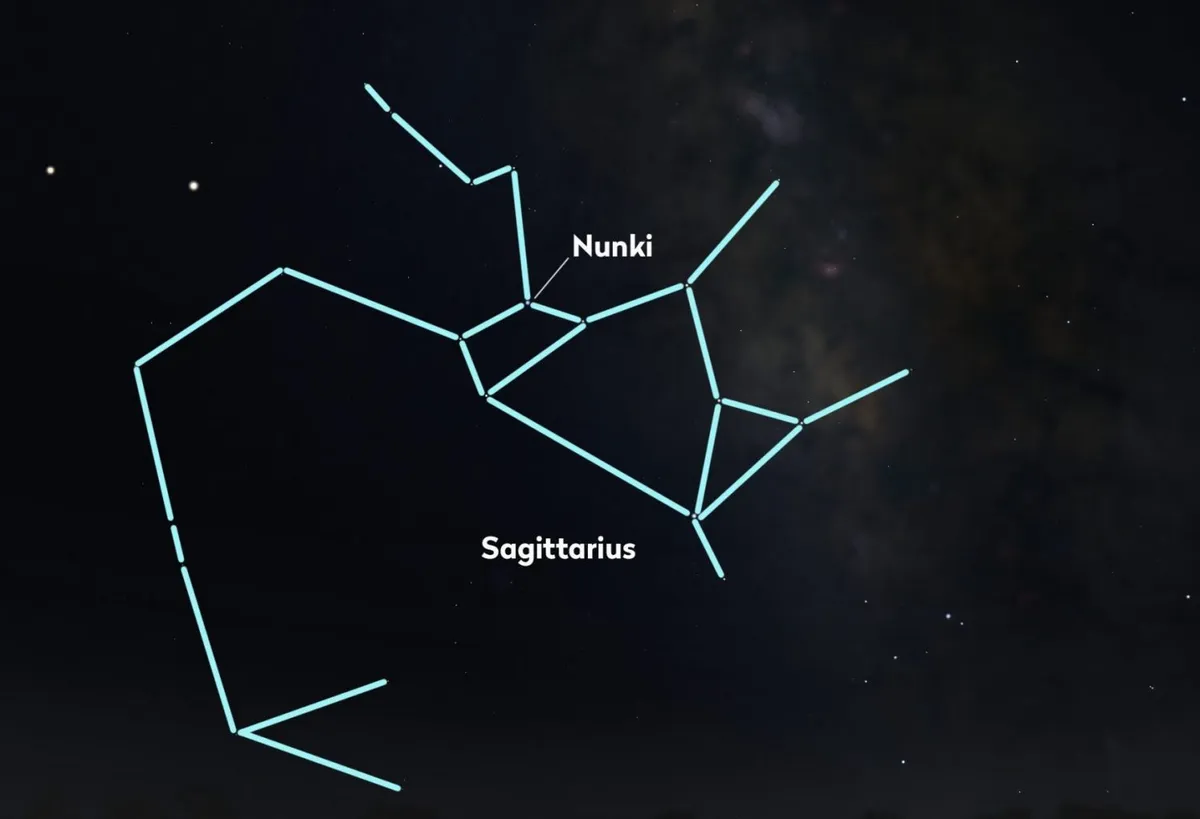
When is it visible? Low along the southern horizon all summer
Let’s start with the Teapot asterism of Sagittarius. It never gets high above the horizon in the UK, but but if you have a good view toward the south, you’ll see Nunki at the top right of the teapot’s handle.
Nunki is about 225 lightyears away and is just bright enough to make out in suburban skies. I love the feeling of spotting it pop into the night and help fill in the rest of the pattern of the stars around it.
In summer 2020 you can also use it as a jumping-off point to the planets Jupiter and Saturn, which are just off to the east. On the nights of 6 July, 2 August, and 28 August, big gibbous Moons will join the fun, too.
2
Sadr (Cygnus)
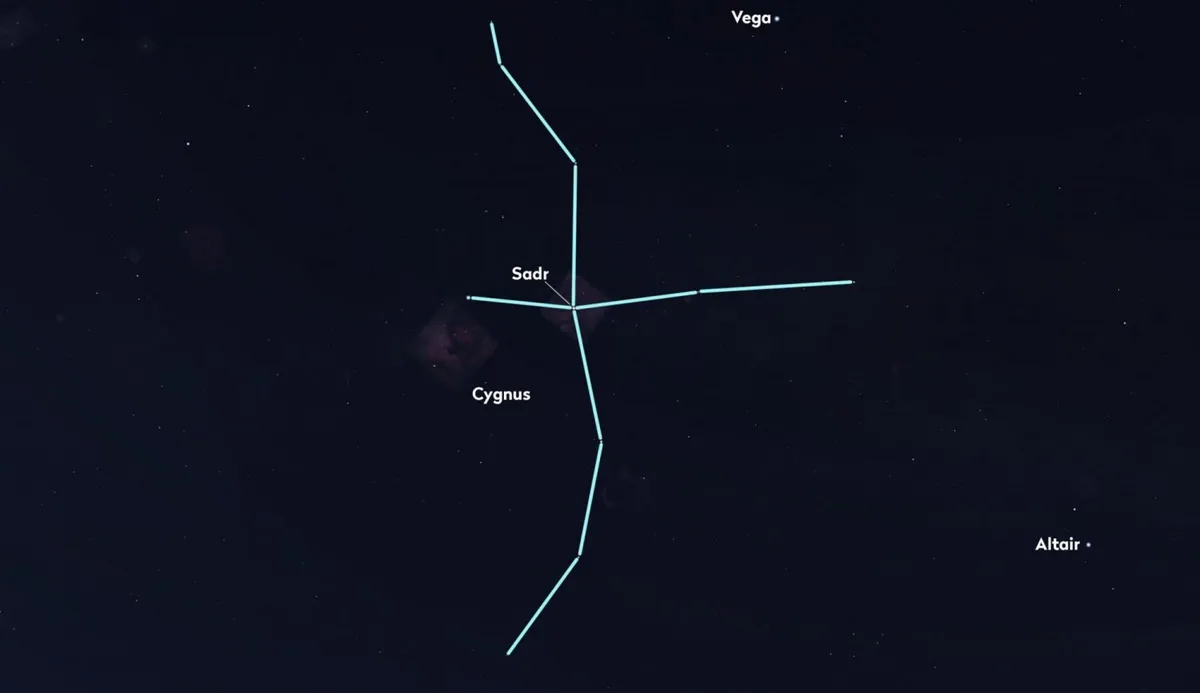
When is it visible? High in the south and southeast all night through the summer
Despite its Bayer Designation as Gamma Cygni, Cygnus’s third brightest star Sadr is the Swan’s second brightest. It’s a multiple-star system that, like Deneb (Cygnus’s brightest), is around 2,000 lightyears away.
Sadr is the mid-point of the northern cross asterism that makes up much of the brighter stars of Cygnus. If your skies cooperate, you might be able to see the dusty band of the Milky Way, which cuts right along through this part of the sky.
3
Zubenelgenubi & Zubeneschamali (Libra)
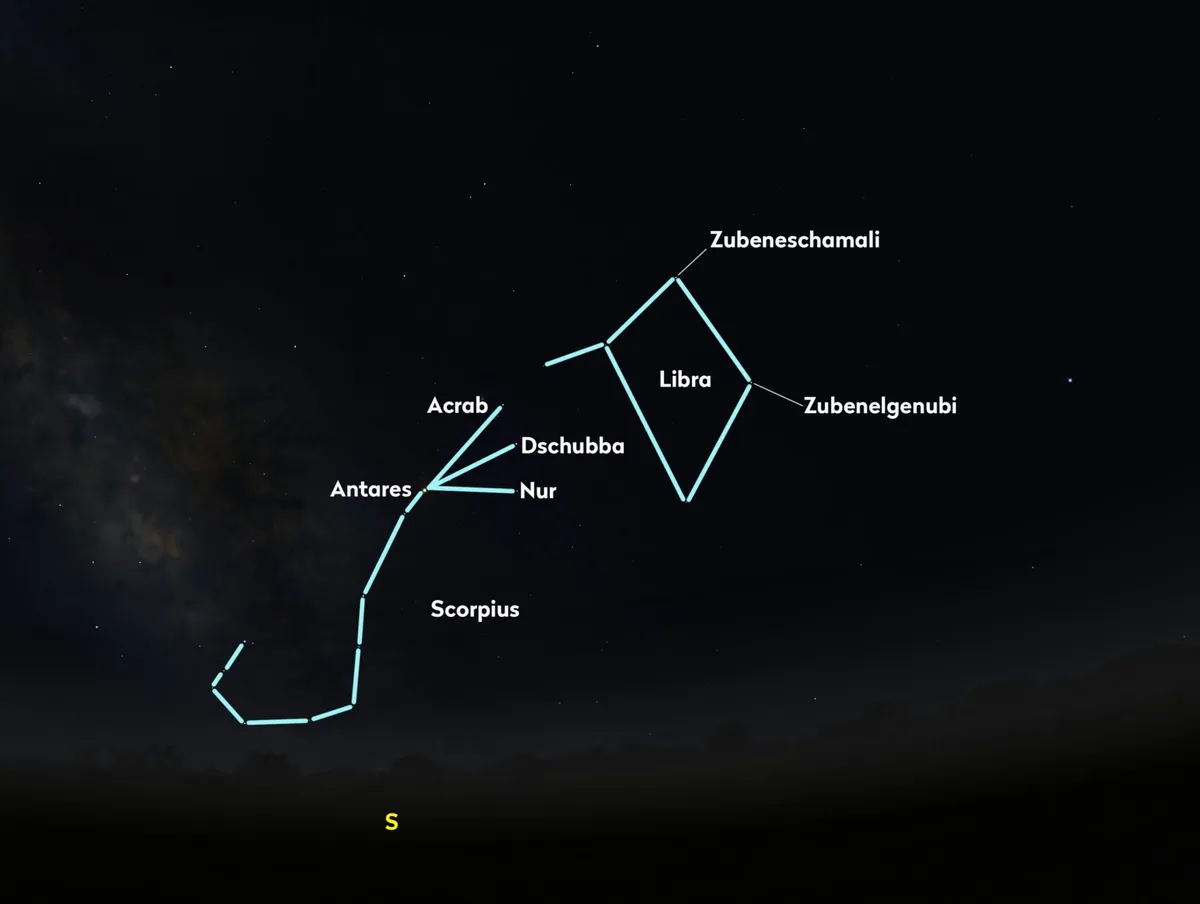
When is it visible? Low along the southern horizon during the early summer
Zubenelgenubi and Zubeneschamali aren’t related to each other, but because of their unusual names I can’t think of one without the other. They’re the two brightest stars in Libra, the scales, and their names come from the Arabic words for southern and northern claw. What, your scale doesn’t have claws?
Those names go back to a time when the part of the sky that we now think of as Libra was part of Scorpius. Scales don’t have claws, but scorpions do. I love watching the Moon pass between these two during the summer.
4
Alphecca (Corona Borealis)
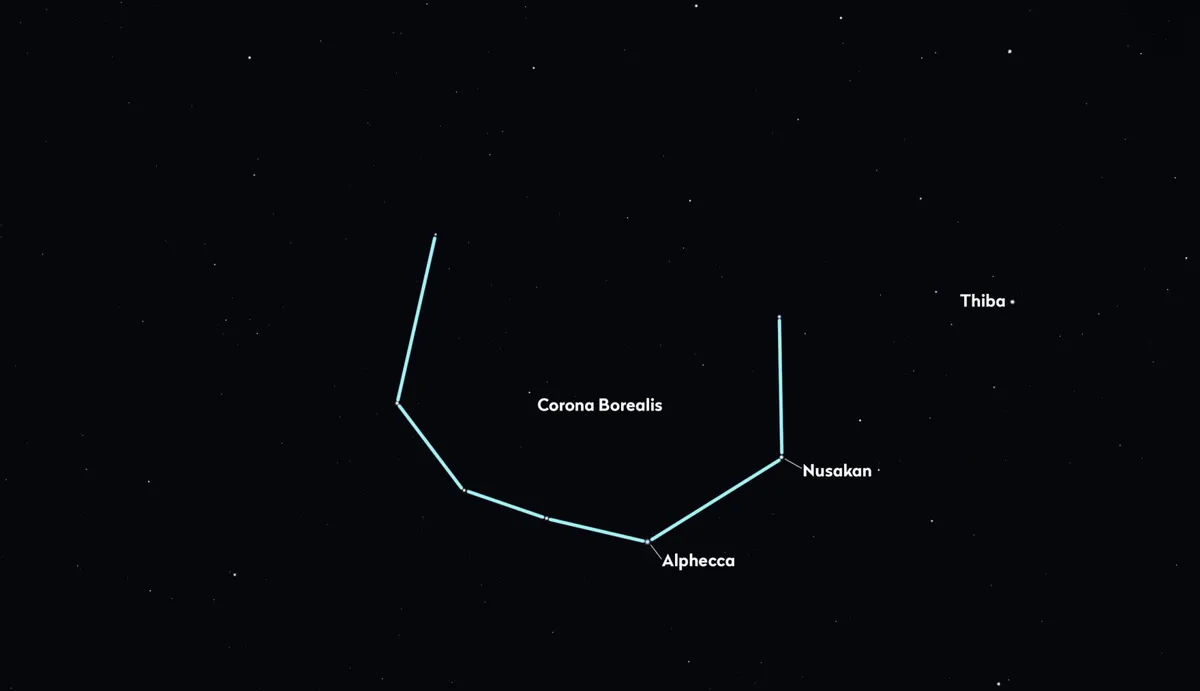
When is it visible? Toward the southeast in June, southwest in July, and west in August
Third magnitude Alphecca is the brightest star in the northern crown, Corona Borealis. About 75 lightyears away, it’s an eclipsing binary, which means it is a pair of stars that periodically - about every 18 days in this case - cross in front of each other from our point of view.
One of the pair is a G-type star, similar to the Sun. With the naked eye it’s truly stunning along with the 'broken ring' of the rest of dimmer stars in its constellation.
5
Alpheratz (Andromeda)
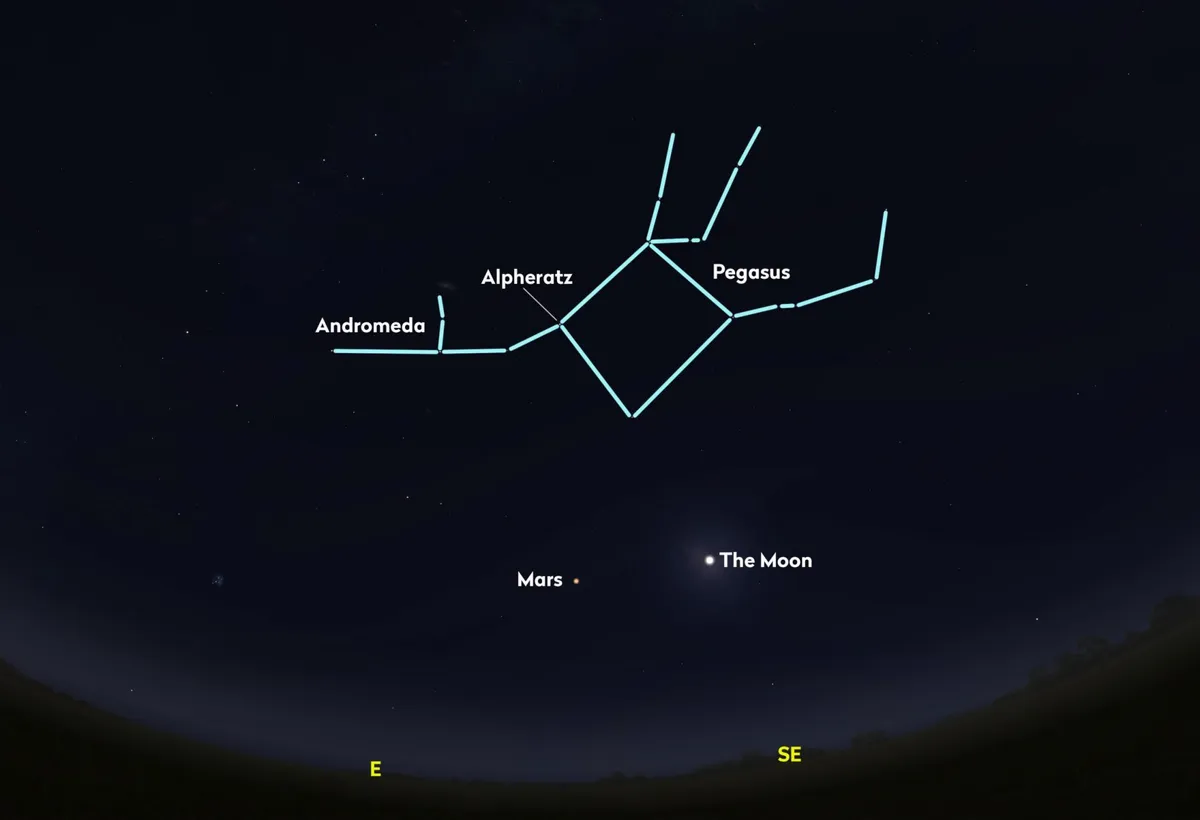
When is it visible? In the mid-part of the eastern sky in late summer
As late summer comes along, the four medium-bright stars of the Great Square of Pegasus start to rise higher and higher. Alpheratz is actually the brightest star in Andromeda, but forms the upper-left corner of the square. In fact, Johann Bayer saw it in both constellations.
These stars are always great to look out for because they start to signal that there’s change coming, and that autumn is on its way. It won’t be long before the equinox and before the Winter Hexagon is back in the sky.
Honourable Mention: Capella
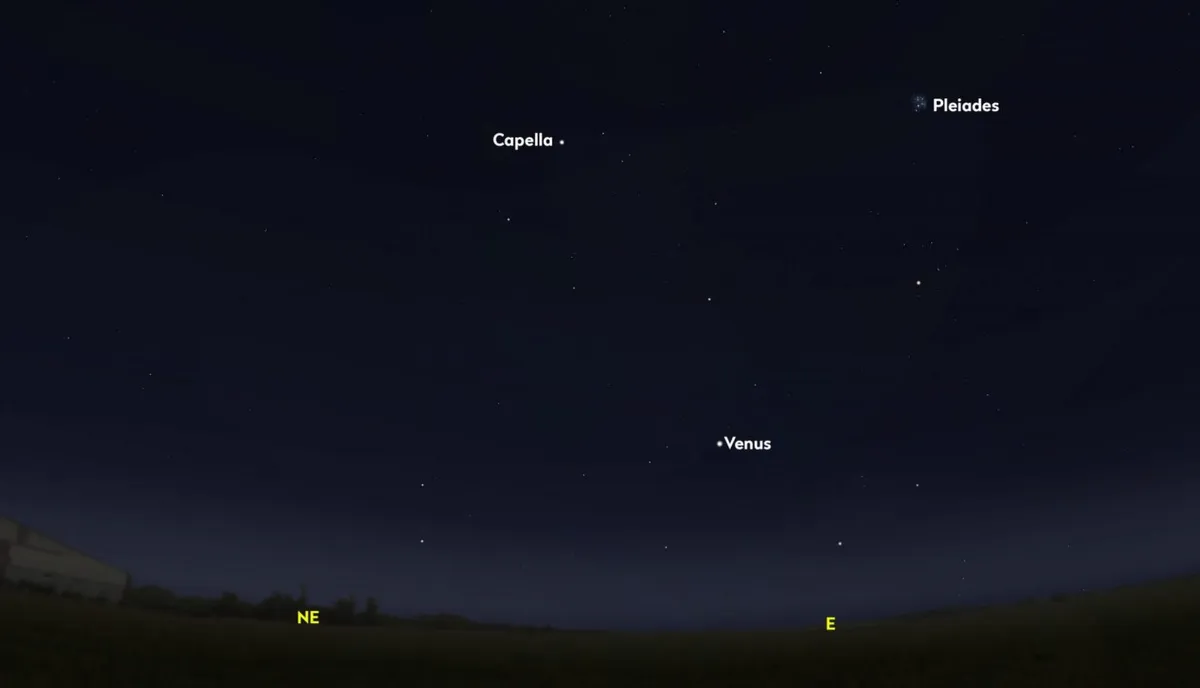
Speaking of the Winter Hexagon, Capella is so far to the north that it’s circumpolar in the UK – it’s in the sky every night of the year and skirts just above the northern horizon through July. By the time mid-August comes along, it’s not hard to see in the northeast just after midnight.
Are there any summertime stars I forgot? Let us know on Facebook, Twitter or Instagram.
Scott Levine is a naked-eye astronomy enthusiast based in New York’s Hudson Valley. Read his blog atscottastronomy.wordpress.com.
